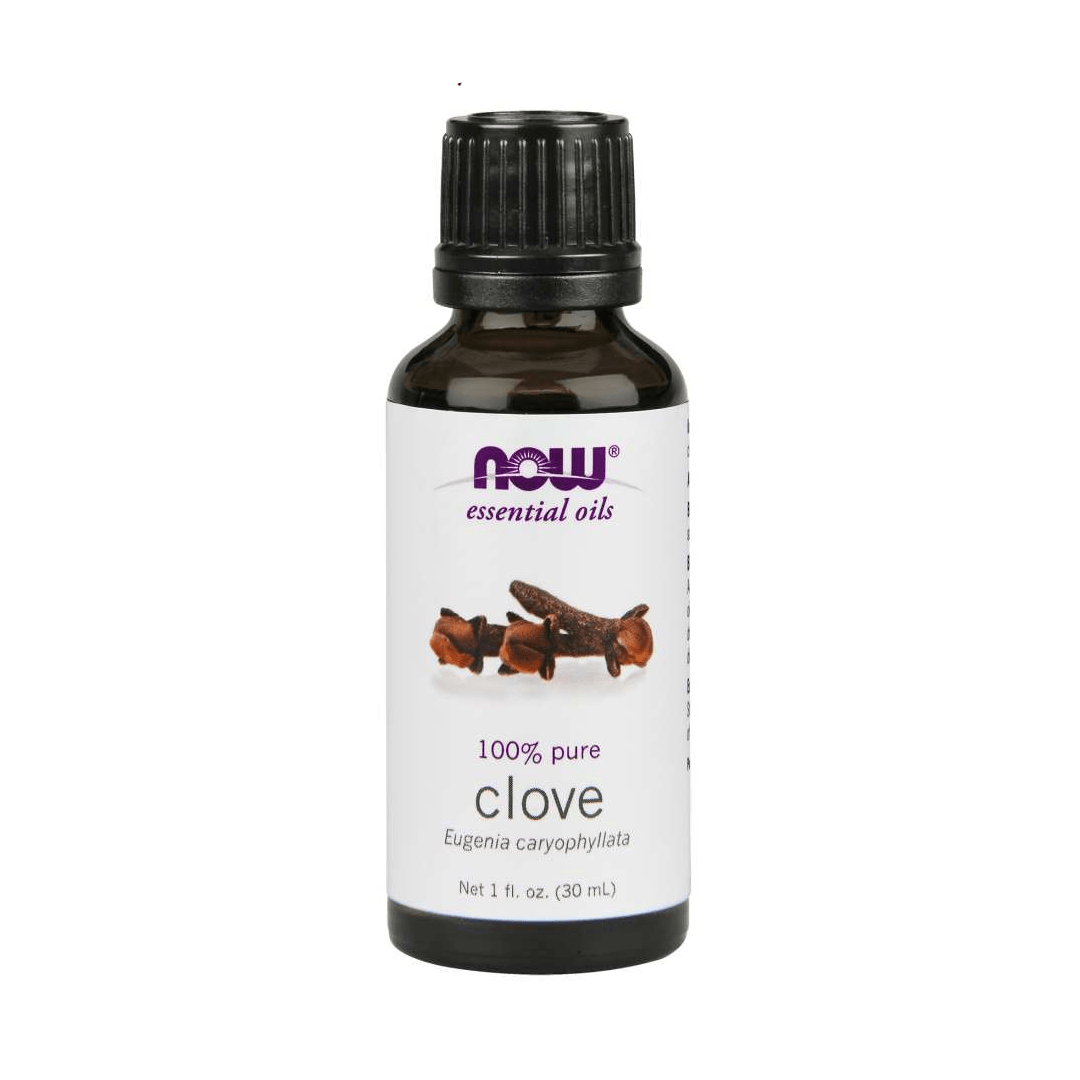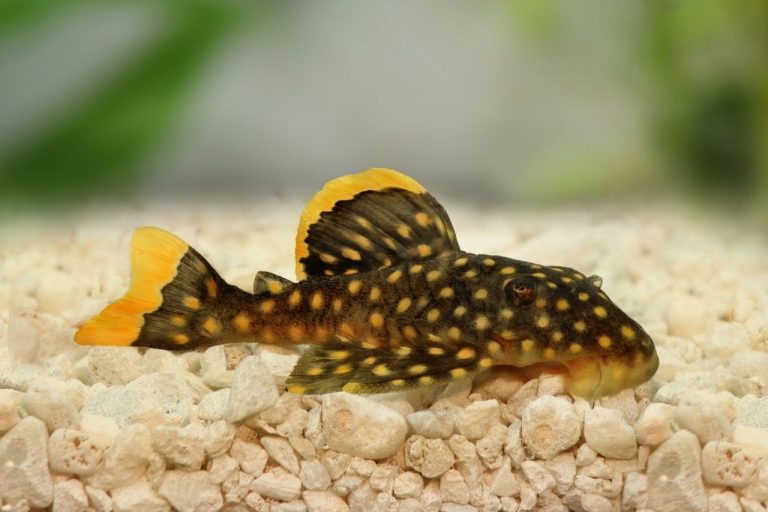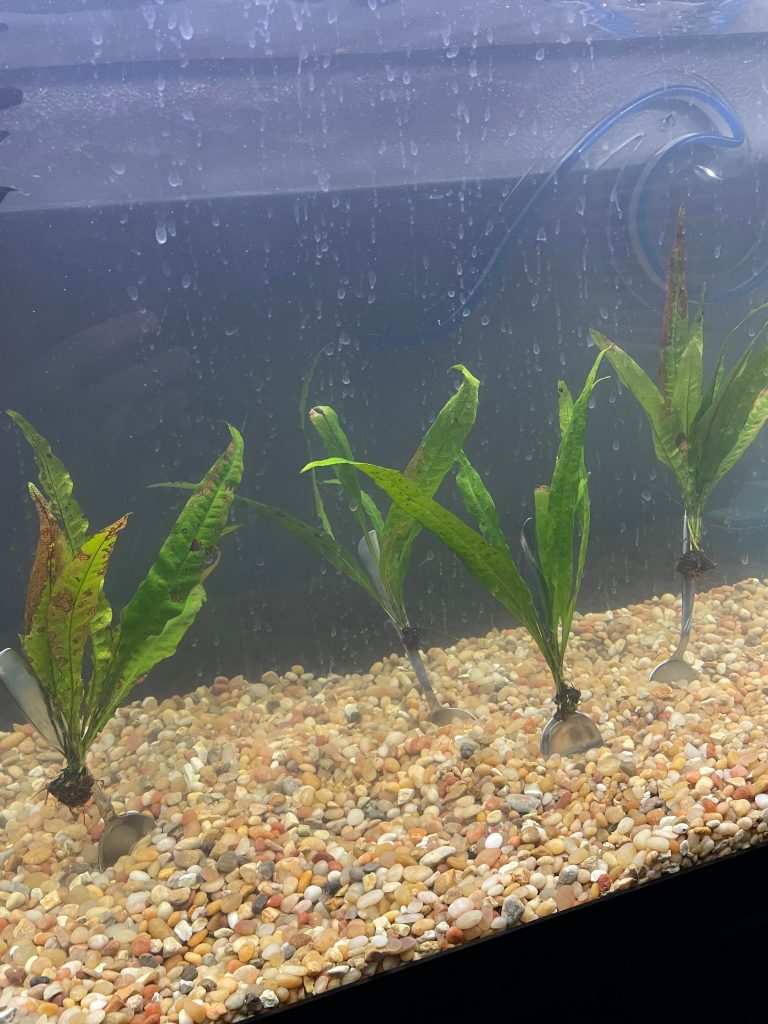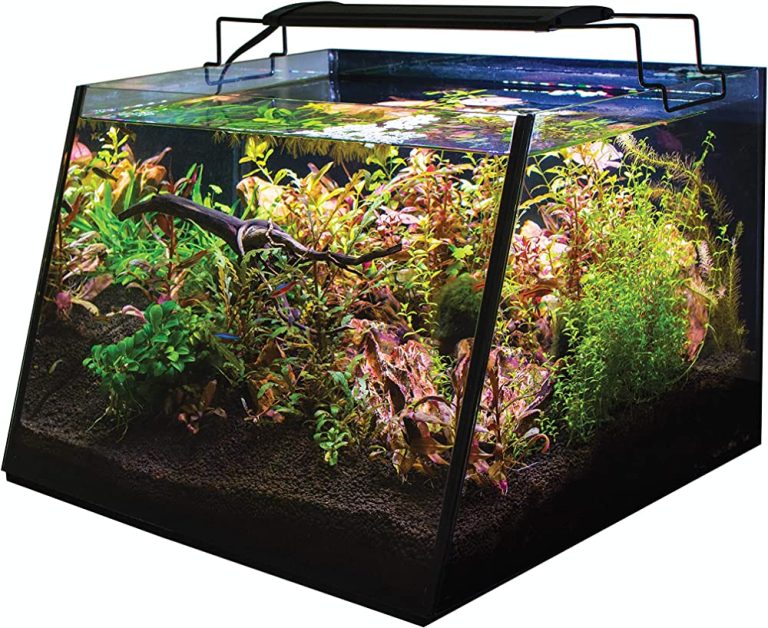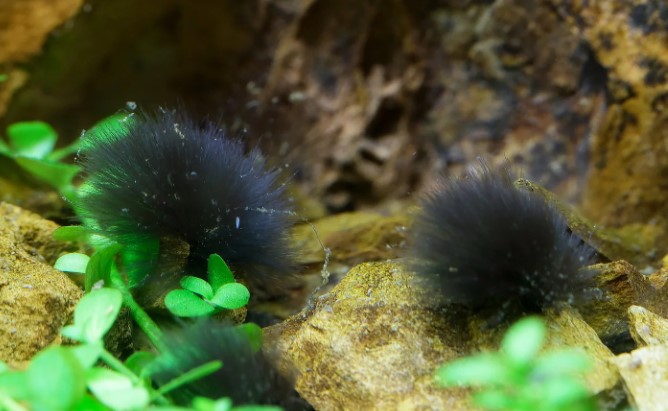Clove Oil To Euthanize Fish
Clove Oil to Euthanize Fish: A Humane Solution
Clove oil can be used as a humane and effective method to euthanize fish.
When faced with the difficult decision of euthanizing a fish, it’s important to consider the most humane method available. Clove oil, also known as eugenol, has gained popularity as a gentle approach to euthanizing fish. This natural remedy offers a less stressful and more compassionate alternative to traditional methods.
In this article, we will explore the benefits and proper procedures of using clove oil to euthanize fish. We’ll cover the steps involved, dosage guidelines, and address any concerns or questions you may have regarding this method. So, let’s dive in and learn more about this humane solution.
Why choose clove oil?
Clove oil is a commonly found essential oil that possesses an anesthetic property when used in the right quantity. It serves as a sedative, providing a painless and stress-free process for the fish. This method is particularly preferred for pet fish owners who want to ensure a peaceful transition for their beloved aquatic companions.
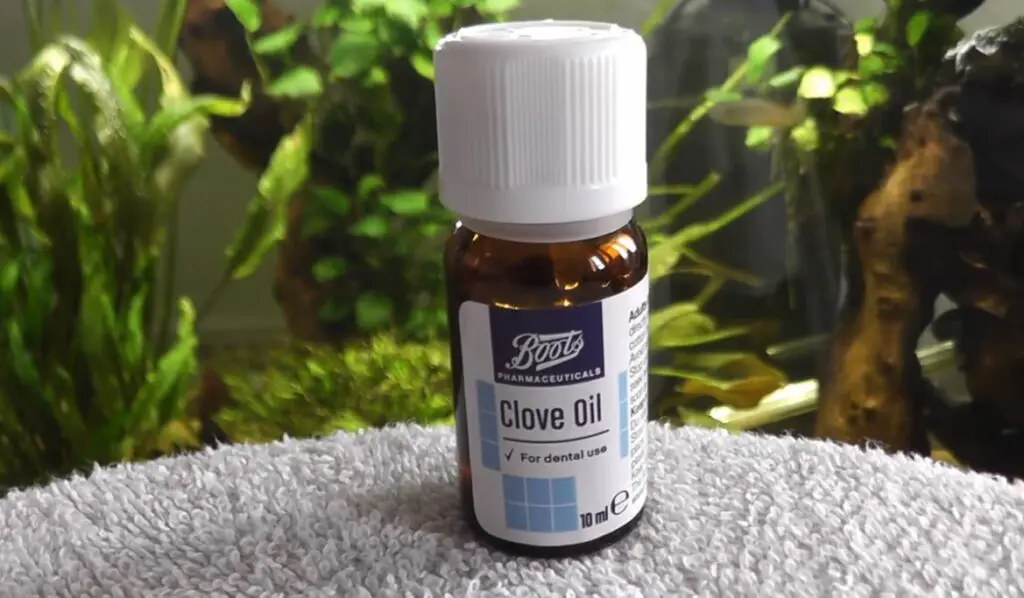
Here are a few reasons why clove oil is often chosen for euthanasia purposes:
1. Humane Approach: Clove oil works by inducing a state of unconsciousness, preventing the fish from feeling any pain or distress during the process. It allows for a peaceful passing without unnecessary suffering.
2. Widely Available: Clove oil is easily accessible and can be purchased at most health food stores or online. It is also relatively affordable compared to other methods.
3. Natural and Non-toxic: Unlike some chemical-based euthanasia options, clove oil is a natural substance derived from the clove plant. This makes it a safer and less harmful choice for both the fish and the environment.
Steps to euthanize fish using clove oil
Euthanizing a fish using clove oil involves a step-by-step process to ensure a successful and humane outcome. It’s crucial to follow these guidelines carefully:
Step 1: Prepare the materials
Gather the necessary supplies before beginning the process:
– Clove oil: Make sure to purchase pure, undiluted clove oil.
– A small container: Select a clean and small container that can comfortably accommodate the fish.
– An anesthetic solution: Mix 1 part clove oil with 10 parts of water or a suitable carrier oil, such as olive oil or aquarium water. This will serve as the anesthetic solution.
Step 2: Transfer the fish to the container
Carefully transfer the fish from its current tank or container into the small container prepared for the euthanasia process. Handle the fish with care to minimize stress and potential injury.
Step 3: Administer the anesthetic solution
Add the previously prepared anesthetic solution to the small container. The recommended dosage is around 0.1 ml of the anesthetic solution per liter of water. Ensure that the water in the container is properly oxygenated to prevent suffocation.
Step 4: Observe and monitor
Once the anesthetic solution is added, the fish will gradually become less responsive and show signs of anesthesia. You may observe a decrease in gill movement and loss of equilibrium. Ensure the fish remains submerged in the solution throughout the process to prevent any discomfort.
Step 5: Euthanasia
To complete the process, increase the dosage of clove oil to ensure the fish passes away peacefully. The recommended dosage for euthanasia is around 0.4 ml of the anesthetic solution per liter of water. The fish will peacefully drift away into a painless sleep-like state.
Frequently Asked Questions
Q: Is clove oil safe for all types of fish?
Clove oil is generally safe for most types of fish. However, it’s important to research specific species to determine if they may have any sensitivities or adverse reactions to clove oil. If unsure, consult with a qualified veterinarian or aquatic specialist for guidance.
Q: Can I use an alternative carrier oil instead of water?
Yes, you can use olive oil or another suitable carrier oil instead of water to mix with the clove oil. Just ensure it is safe for fish and won’t harm their delicate internal systems.
Q: Is there a minimum tank size required to perform euthanasia using clove oil?
There is no specific minimum tank size requirement for this method. However, it’s important to choose a container that is adequately sized for the fish and allows for proper oxygenation during the process.
Final Thoughts
Euthanizing a fish is never an easy decision, but using clove oil can provide a peaceful and compassionate approach. The anesthetic properties of clove oil ensure that the fish experiences no pain or distress during the process. Its availability and affordability make it a practical option for pet fish owners seeking a humane solution.
Remember, if you’re unsure or have any concerns about using clove oil or euthanizing your fish, it’s always best to consult with a qualified veterinarian or aquatic specialist. They can provide expert advice and guidance to help you through this difficult time.
